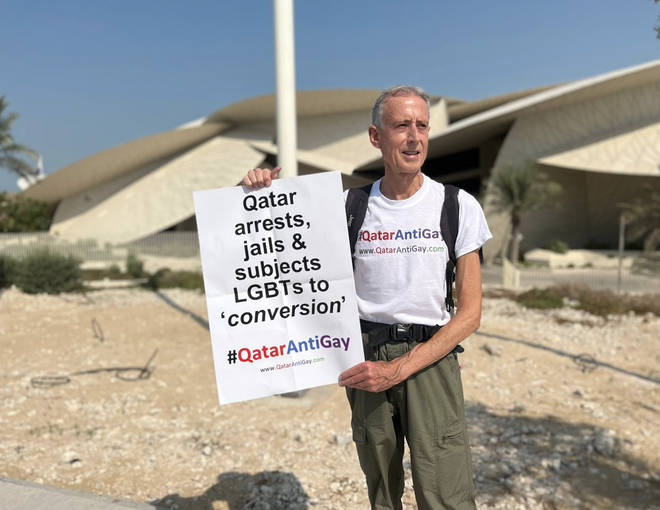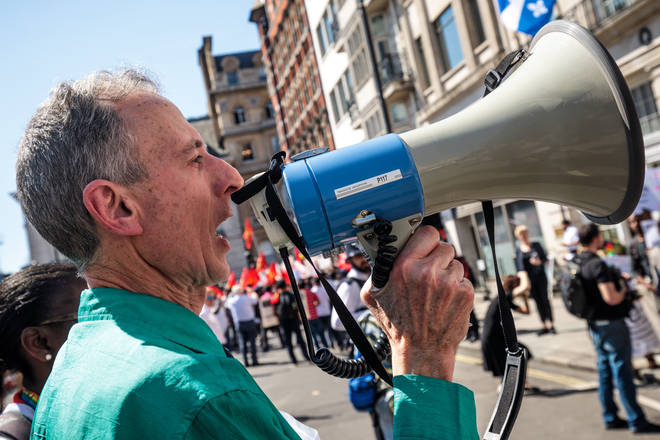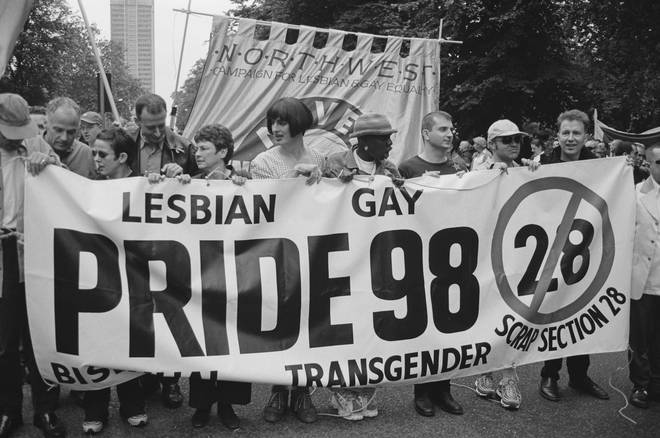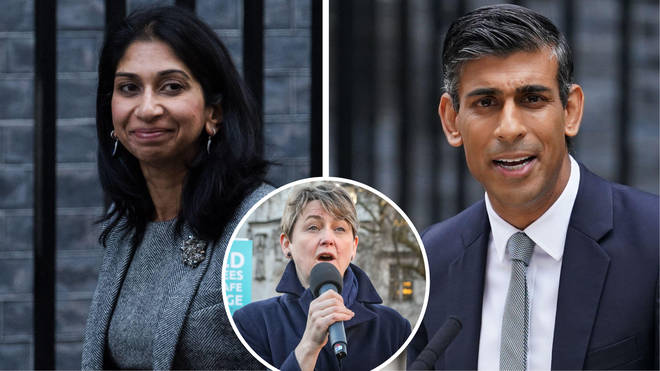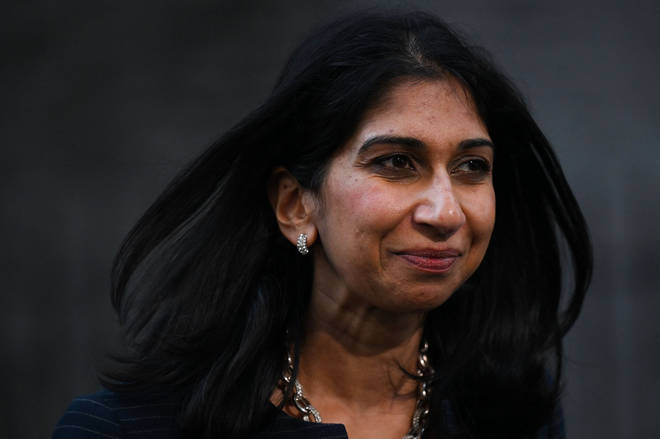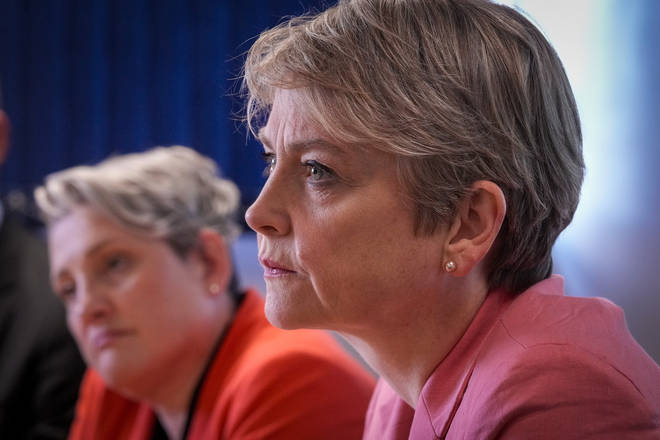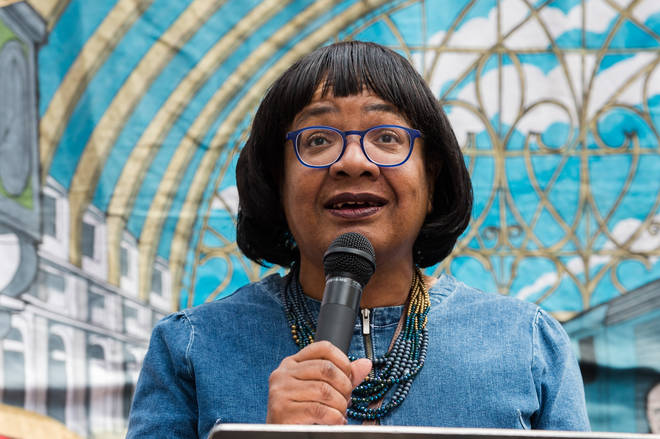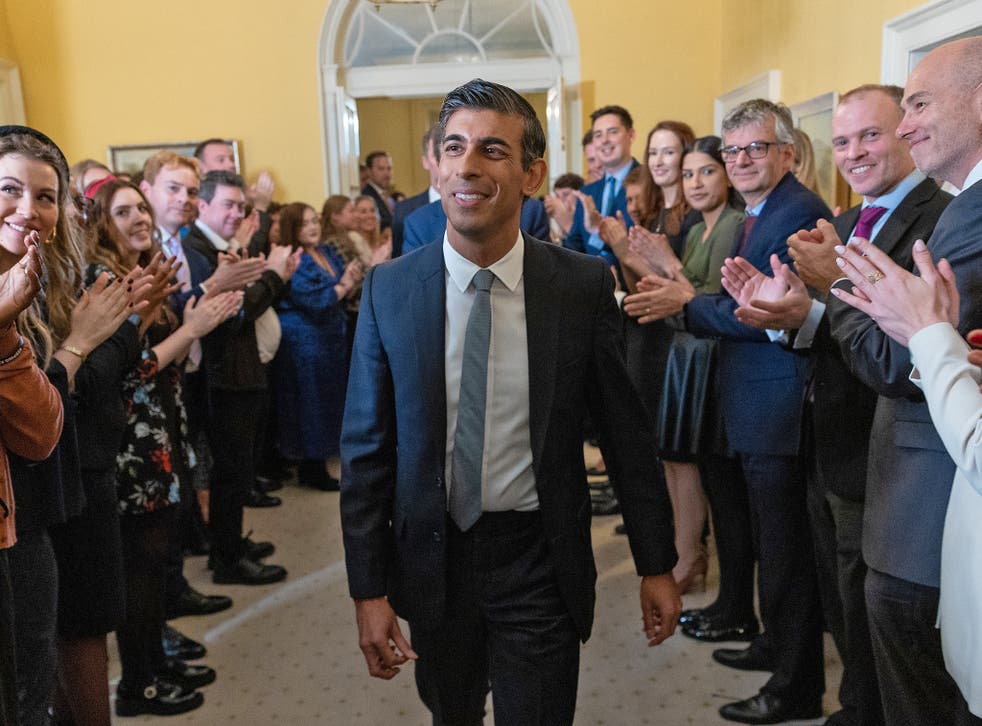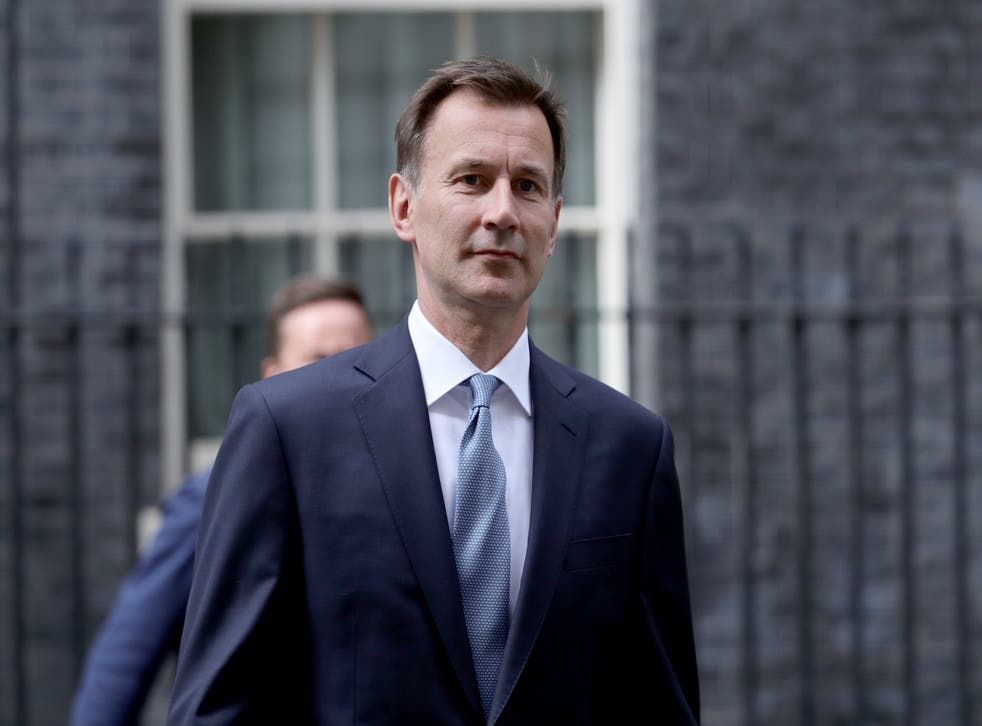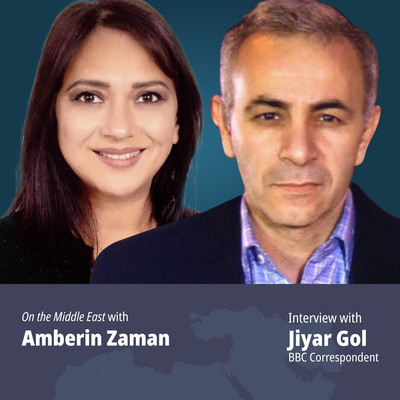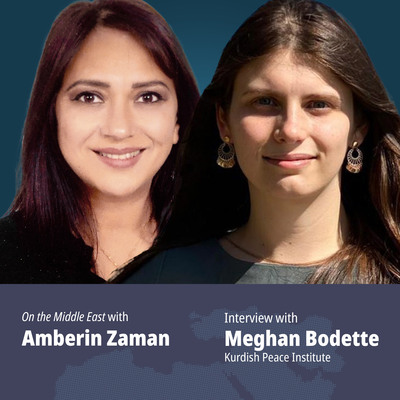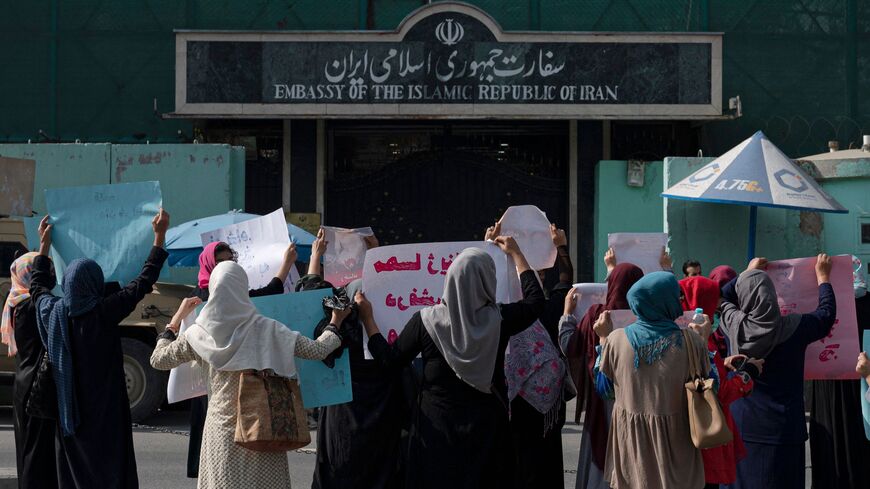John Stoehr
October 25, 2022

Donald Trump supporters traveled from Newton, Massachusetts, to Washington to protest Joe Biden's election win(AFP)
USA Today runs a daily poll on its frontpage. On Friday, the public survey results were on gun laws. “If it were harder to obtain guns legally, Americans think there would be ____ mass shootings.”
Sixty-six percent said there would be far fewer or somewhat fewer mass shootings. Nearly 30 percent said no difference. (A smattering of cranks, 5 percent, said there would be more or somewhat more.)
I bring this to your attention not so much to bolster the prospect of tighter gun laws (though it does), but to point out a pretty common demographic pattern – that a radical third stands against the majority with respect to issues concerning us all. Whether gun control, abortion or “indoctrination” in public school, there’s always about a third of the country representing the country’s shame.
READ MORE: Dark money groups have pumped $1 billion into GOP effort to retake the Senate
This alone isn’t noteworthy. After all, every country has its yokels and yahoos. But not every country has a political setup that gives yokels and yahoos more practical power than the majority. Very few countries, if any, give voters in sparsely populated farming areas an effective veto over densely populated areas with large urban centers.
That setup – or the political advantages of it – are apparent when the Republicans slander cities, and in the slandering, they protect those same advantages. Ohio Congressman Jim Jordan said last week: “Do you feel safe in cities controlled by the Left? Cities that defunded the police? Cities that ignore police staffing issues. No. No. No.”
The dynamic of political power between urban and rural is obviously asymmetrical. That’s by design. It’s to prevent liberal democracy from flourishing fully. The thinking at the time of the founding was that a fully flourishing liberal democracy would inflict tyranny on the minority. In the case of the founders, rich white men like them.
But the problem is and has been the opposite.
A radical minority dictates the terms of American democracy.
I suspect that even people with something better to do than pay attention to politics get this. The Electoral College stands against democracy. So does the US Senate. The courts, especially the Supreme Court, do, too. We liberals say “it’s a republic, not a democracy” is wrong, but we don’t consider whether right-wingers have a point. Saying they’re wrong is more theoretical than empirical.
We should consider something else that’s more theoretical than empirical – the idea that political violence is an exception to the rule. Precisely, that political violence is random, irrational, senseless: something that deviates from the norm. It’s nothing of the sort.
Its origins have always been here.
It’s that place, demographically speaking, where the minority believes, say, that tighter gun laws will make no difference to shooting massacres, even amid mass death, even amid murder rates in Republican-controlled state outstripping those of all other states.
What respect is the truth (or anything) owed when a third controls contramajoritarian institutions built into the system by design? What respect is the political majority owed by a political minority? Why would the politically strong give respect to the politically weak?
But sometimes those contramajoritarian institutions fail (or appear to). If and when they do, this radical third of America is entitled, on account of having political advantages, to resort to violence in order to maintain those same political advantages. While democracy is the point for the political majority, with violence the exception, violence is the point for the political minority, with democracy the exception.
So when a school kid is sent a letter like the one above (regarding the child’s mother, a Loudoun County, Virginia, school board member), it should not be seen as extraordinary, because it’s actually ordinary. After all, what’s more common? People discussing hard topics like “critical race theory” in public school? Or people losing their minds over things they don’t understand and don’t want to understand?
The radical third has been living among us since the founding. They had kids. Their kids had kids had kids. This is how they think. This is what they do. The difference is of degree, not kind. As long as the contramajoritarian institutions hold, all’s well. If they don’t, well …
According to USA Today, “bomb threats at [historically Black colleges and universities] had swelled to at least 57” since February, “leaving administrators and students on edge and rekindling a history of violence aimed at Black students seeking educational advancement.”
The FBI said that it had focused on six subjects in 2021, but arrested no one, according to USA Today. In the meantime, however, “the menacing behavior continued into the next school year.”
“If we allow people to feel like they can continue to do this without being held accountable, they will always be able to be disruptive,” Walter Kimbrough told the newspaper. “We’re the only group where there have been threats, and nobody has been caught” (my italics).
If it isn’t apparent, the source of these threats is the radical third of America, where democracy is undeserving of respect and where the rule of law applies only if it maintains baked-in political advantages.
A radical third dictates the terms of American democracy.
It’s empirical, not theoretical.

